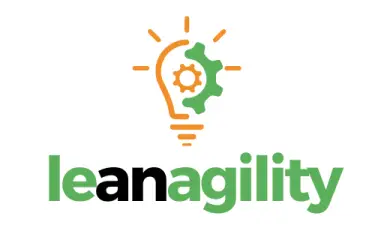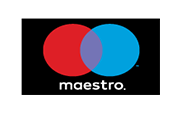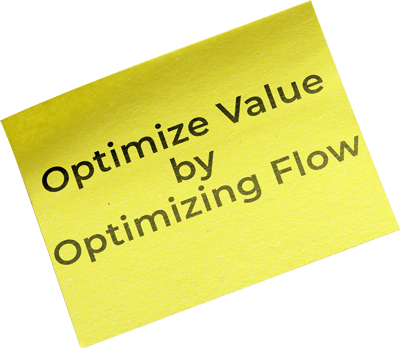Crafting an Effective Kanban Workflow: Key Components for Success
The Kanban Guide offers a systematic approach to managing workflows, with a focus on optimizing the flow of value through the system. A well-defined workflow is vital for teams seeking to enhance efficiency, predictability, and responsiveness. According to the guide, establishing an effective Definition of Workflow (DoW) necessitates the integration of several critical elements.
Let’s delve into each of these components and examine how to implement them effectively!
1) Identifying Work Items as Units of Value
At the core of any Kanban workflow lies the clear identification of individual units of value, referred to as work items. These items represent tangible outputs that progress through the workflow, such as tasks, features, or projects. Defining what constitutes a work item in your context is essential for comprehending the flow of value and measuring progress.
Implementing Work Items
- Categorize Work: Distinguish work items by type (e.g., feature, bug fix, project) to tailor the workflow to different kinds of work.
- Define Value: Clearly articulate the value that each type of work item represents to the customer or the business.
2) Defining Start and Finish Points
A precise definition of when work items commence and conclude is crucial. This clarity aids in measuring the flow and efficiency of work through the system. Depending on the type of work item, there may be multiple start and finish points within the workflow.
Implementing Start and Finish Points
- Establish Criteria: Define specific criteria for what constitutes the start and finish of a work item. For instance, a task might be considered started when work begins on it and finished when it meets the acceptance criteria.
- Visualize Points: Utilize your Kanban board to visually represent different start and finish points for varying types of work items.
3) Defining Workflow States
Workflow states are the distinct phases that a work item traverses from its start point to its finish point. These states aid in tracking progress and identifying bottlenecks.
Implementing Workflow States
- Map the Flow: Identify and define the key stages that work items pass through, such as “To Do,” “In Progress,” “Review,” and “Done.”
- Visualize Transitions: Clearly outline the transition rules between states to ensure smooth movement of work items.

4) Controlling Work in Progress (WIP)
Controlling WIP is crucial for maintaining a balanced workflow. Limiting the number of work items in any given state ensures that the team focuses on completing current tasks before undertaking new ones, thereby improving flow and reducing cycle times.
Implementing WIP Limits
- Set Limits: Determine the maximum number of work items allowed in each state based on team capacity and historical performance.
- Monitor and Adjust: Regularly review WIP limits to ensure they are optimal for current conditions.
5) Establishing Explicit Policies
Explicit policies define how work items can transition from one state to another, ensuring consistency, reducing ambiguity, and aiding in managing expectations.
Implementing Explicit Policies
- Document Policies: Clearly document the criteria and steps for moving work items between states.
- Communicate Policies: Ensure all team members are aware of and understand these policies.
6) Setting Service Level Expectations (SLE)
SLEs forecast how long it should take for a work item to progress from started to finished, aiding in setting realistic expectations and improving predictability.
Implementing SLEs
- Analyze Historical Data: Utilize past performance to establish realistic SLEs for different types of work items.
- Review and Adjust: Periodically assess SLEs against actual performance and adjust them as necessary to reflect current capabilities.
Key Benefits
By carefully defining and implementing these six elements, teams can create a robust and efficient workflow that enhances productivity, fosters transparency, and delivers value more predictably. The Kanban workflow is not merely about task movement; it’s about optimizing the flow of value from inception to delivery, ensuring that every step aligns with the team’s and organization’s objectives.
If you’re eager to explore how Kanban can elevate your workflow, consider joining one of Leagility’s courses, such as Applying Professional Kanban, Applying Metrics for Predictability, or Applying Flow Metrics for Scrum. These courses offer invaluable insights and techniques to seamlessly incorporate Kanban principles into your processes and enhance your team’s performance. Take the next step in your professional journey with Leagility’s comprehensive training offerings.










